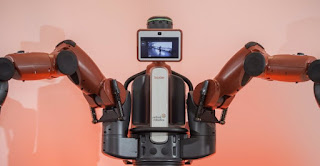Hearing claims that 5G
will change the world should not come as a shock, and appears to be more than
just marketing hype. Why? Because the capability and capacity of the 5G technology can transform existing technologies in unimaginable ways.
With research suggesting that 5G
is expecting to provide $12.3 trillion of global economic output, and
support 22 million jobs around the world by 2035, the potential is huge. Not
only will the technology support
devices, but it can also transform lives.
In addition to mobile device technologies, we’re also seeing that artificial intelligence, the Internet
of Things, and robotics sectors
will be impacted by 5G. In this post, we will explore the potential of 5G in
these sectors.
Autonomous cars
Smart cities
IoT technology
Robotics
AI











